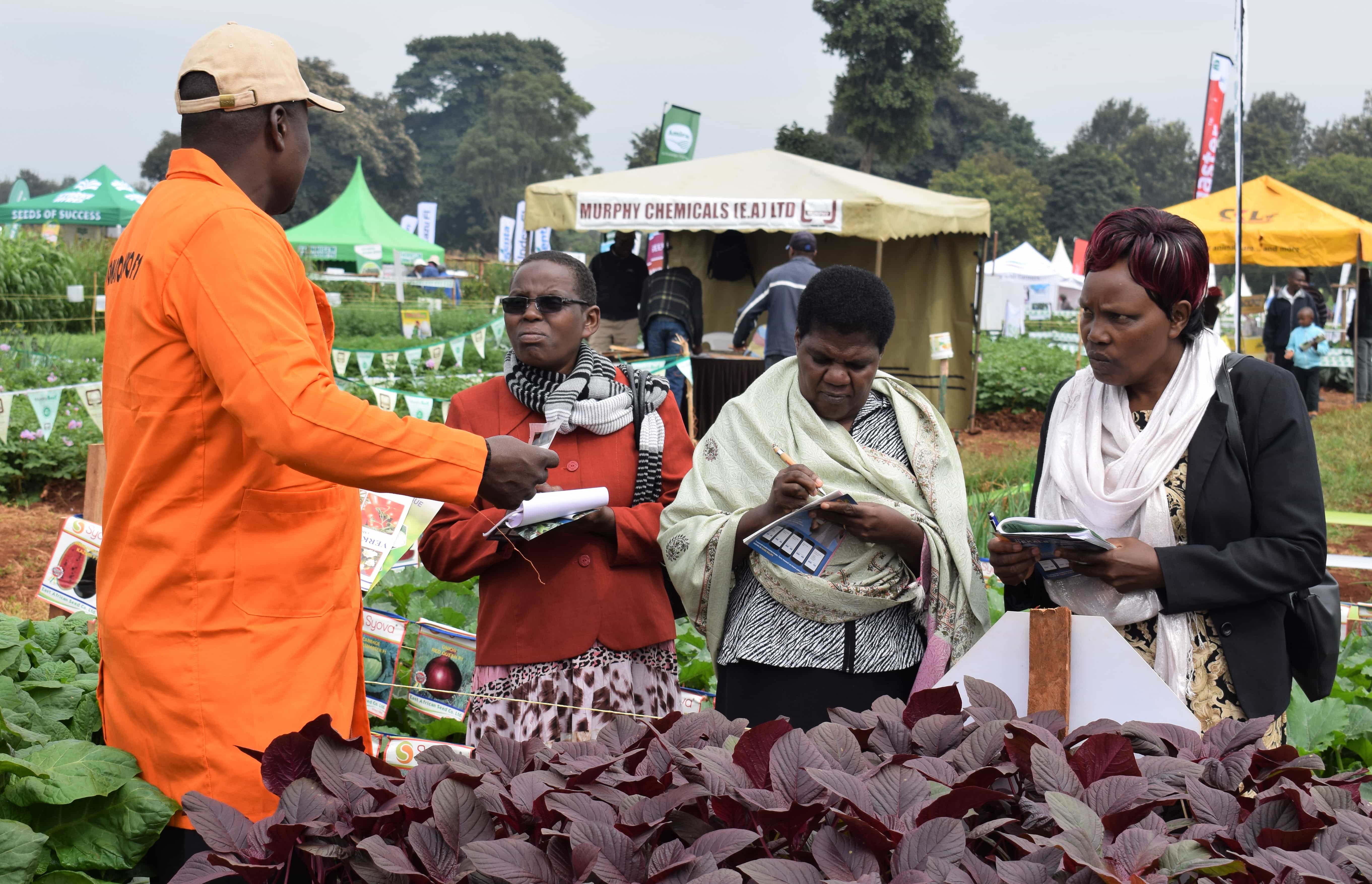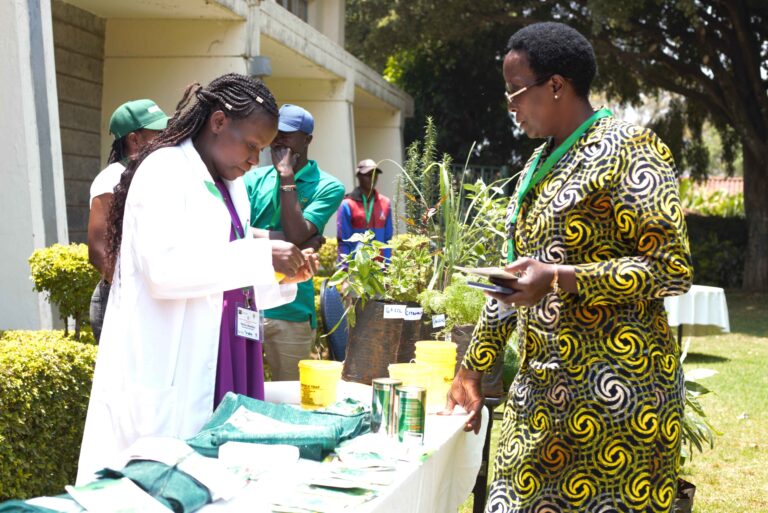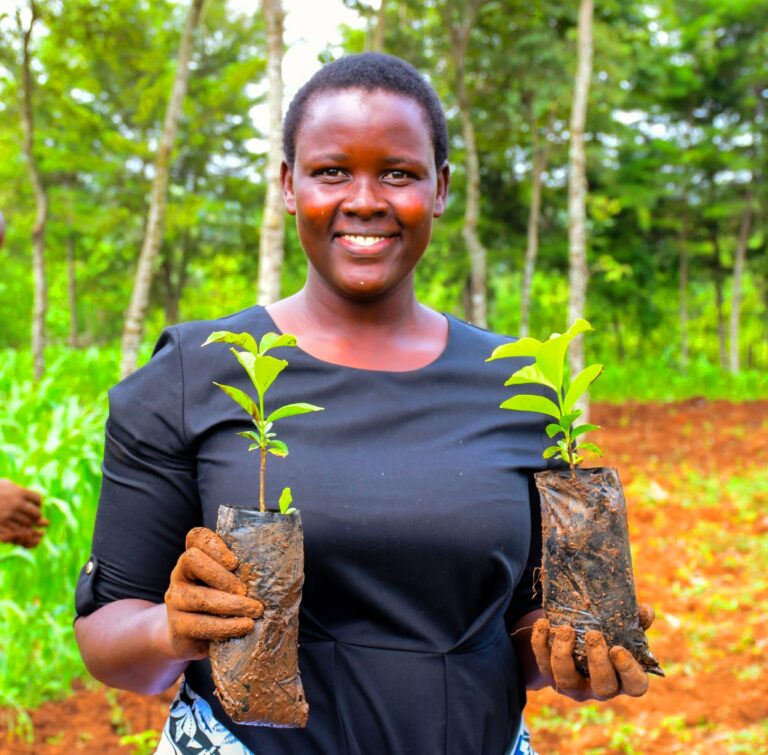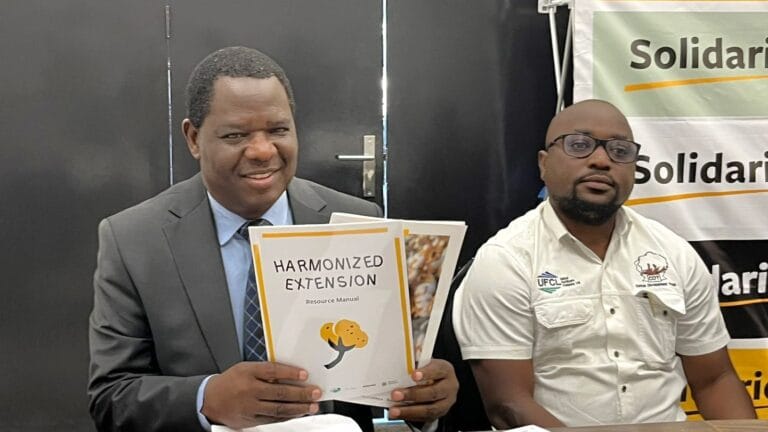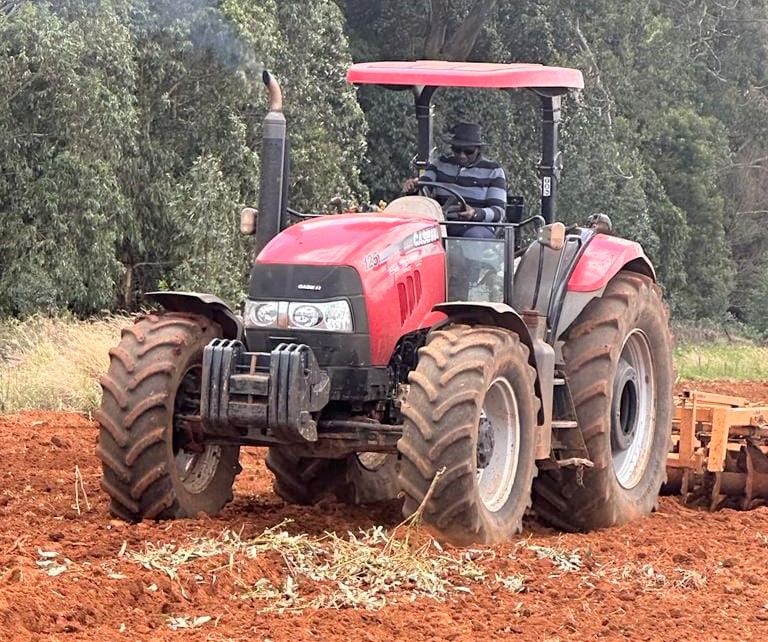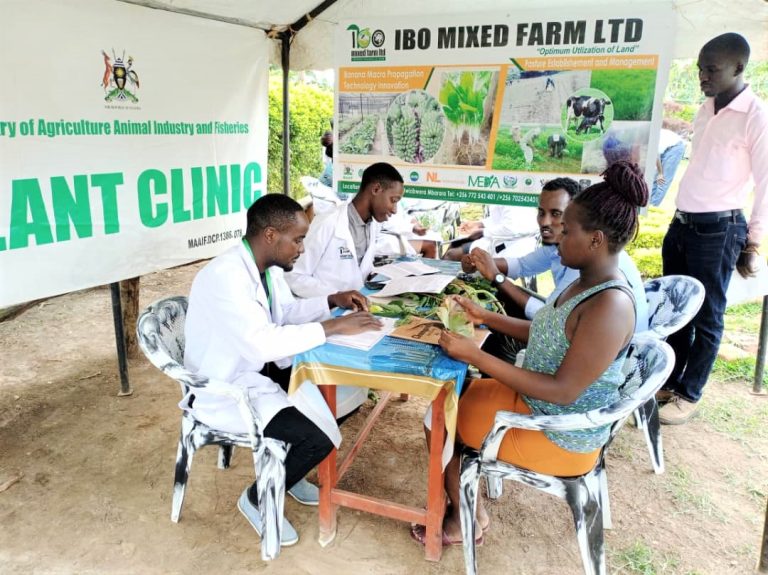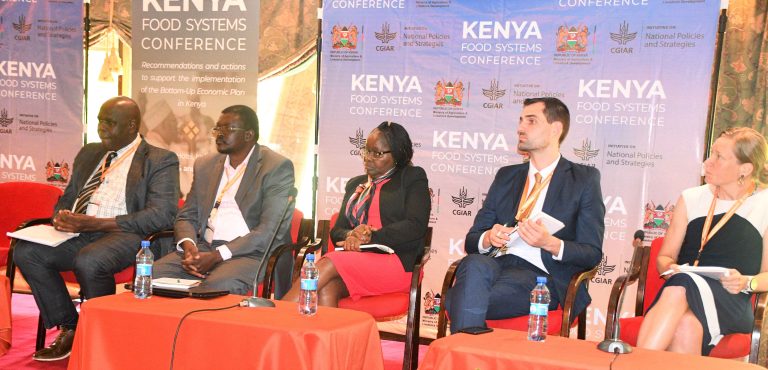By David Ndegwa
Around 2012 and 2013, the company I was working for posted me to Eastern Uganda to promote and grow French beans.
We had a unique concept where recruited farmers were asked to plant French beans in a 10 by 18-meter plot, which is 180 square meters, equivalent to 22 times an acre. 1900 seeds spaced at 13 cm from seed to seed and 70 cm between the rows fitted in the plot which we called a unit.
The fertilizer and chemicals were well calculated, and the company provided them, while the farmers provided labour and watering, which was done through bucket irrigation.
To execute the project, we recruited two competent Ugandan agronomists who were tasked with recruiting six field assistants each from different villages. Each field assistant was tasked with recruiting 40 farmers, and the target for the project was a total of 480 farmers. The target production for the unit or our plot was 150 kgs of French beans, and therefore we expected 150 kgs x 480 = 72,000 kgs or 72 tons. My team was ready to go, and the success in recruitment was just amazing, and we got the targeted 480 farmers in a record 2 weeks.
I embarked on training the farmers on how to prepare the land, make ridges, mix fertilizers, and plant. I also made the farmers aware that French beans needed to be watered in case the rains were inadequate, and this was agreed upon.
Everything went well from plot preparation to farmers tending their plots well, until we had about 2 weeks without rain. I advised my team to tell the farmers to water the plots using buckets, which they flatly refused.
No amount of tough-talking would work, and we almost lost the crop. Luckily, the rains resumed on the third week just before the crop was hit, and it recovered well from the stress. Flowering was more than anything I had seen in French beans grown in Kenya, and I felt that the 150 kgs projection per plot was too low.
I kept sending photos to my boss in Kenya, and the enthusiasm for the success of French beans in Uganda was raised several notches higher. Nick Wanjohi, one of my good friends, was the project boss in Kenya at the time, and our boss sent him to confirm that all was well. We drove across several plots at random until Nick was convinced that all the beans were looking great, and he even agreed that a projection of 150 kgs per plot was too low.
The mother of all challenges came when picking commenced because the farmers had no experience in picking French beans and bending for long hours was not their cup of tea. The farmers would pick about 2 rows out of 27 rows, which yielded around 2 kgs, and then break for the day. They wouldn’t work in the afternoon, and managing picking became my biggest nightmare. By the time they picked half of the plot, which took five days, the pods where they started and where they had not picked had all seeded, and that drove the last nail into the coffin of the project!
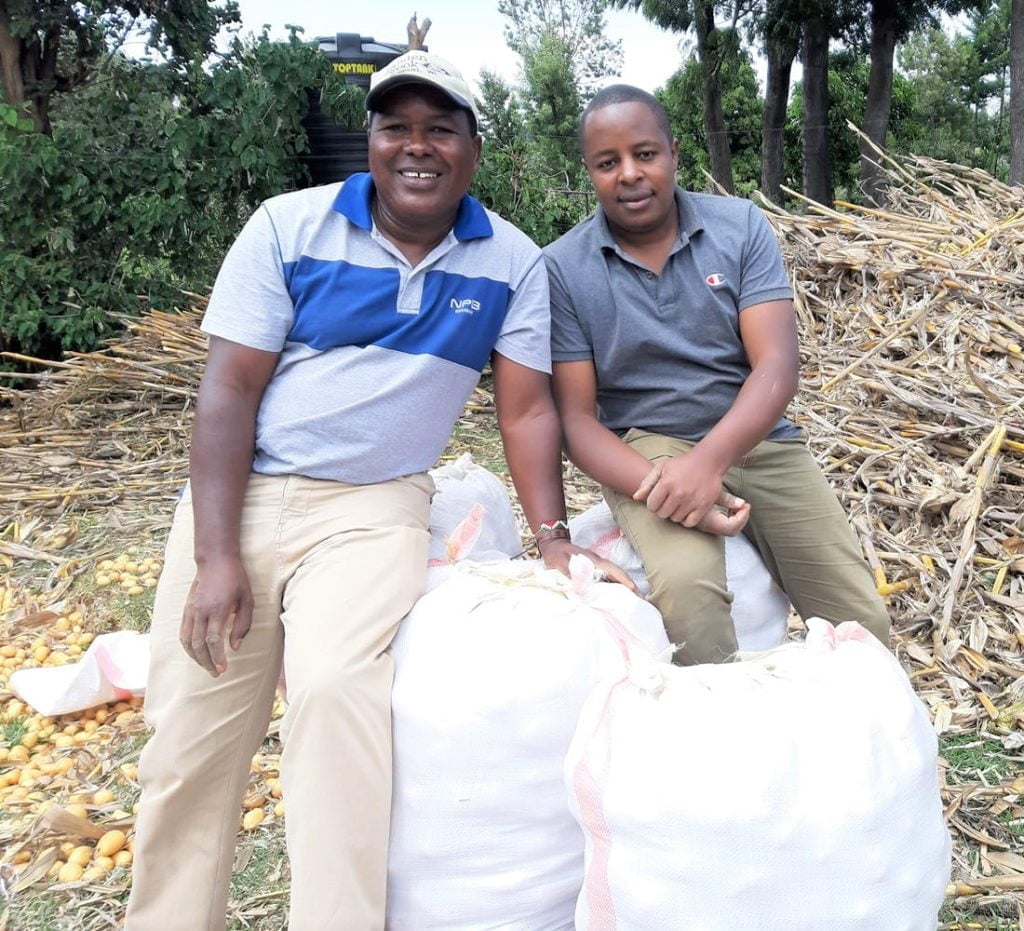
I don’t want to focus on the failure of the project here but on the success of the project up to podding. If adopted by the government on matters of food security, we would bid goodbye to perennial hunger in Kenya. One calamity we face is that small-scale growers do not produce enough food to keep them for a whole year without having to buy food. They, therefore, compete with urban dwellers for food, which increases food demand, puts a strain on the supply, and raises the price.
The lesson I learned while in Eastern Uganda is that small-scale growers can produce enough food for themselves if they are well-trained.
Here is my suggestion that could be adopted by the counties. The unit system for like an eighth of an acre measuring 20m x 25m = 500m² should be adopted by counties for every small-scale grower. The farmers should be recruited in every village supervised by well-trained field assistants and each tasked to ensure that every unit produces 4 bags of maize which would be enough food for a household for a whole year.


